What we can deduce about the Boeing F-47 and its capabilities so far
- By Alex Hollings
Share This Article
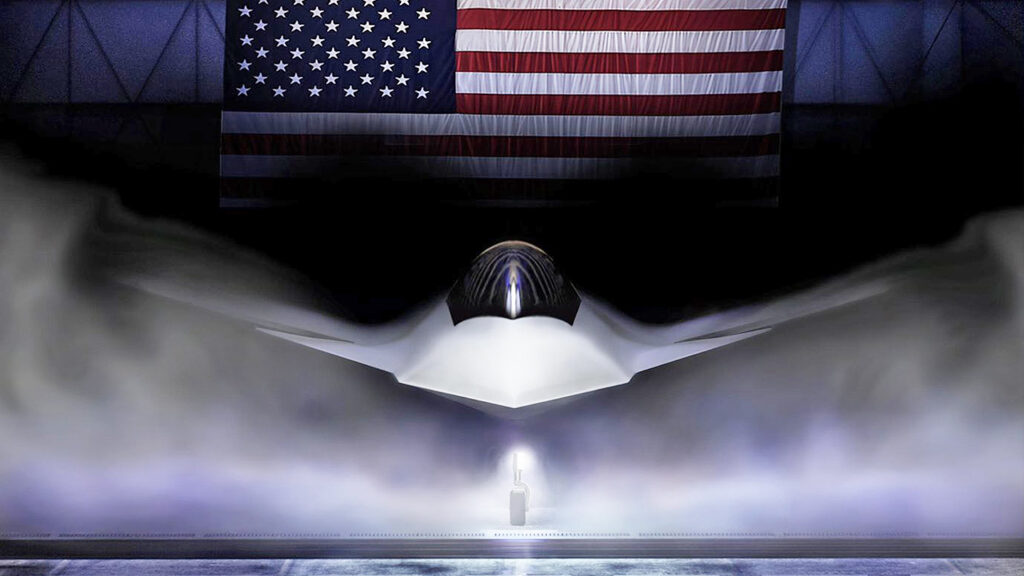
The real design of America’s new stealth fighter, the Boeing F-47, remains hidden behind the classified veil, so while we can’t know exactly what capabilities this jet will bring to bear, we can tell you the requirements the Air Force laid out for it, the trends in defense the branch wants to stay on top of, and the threats it wants to mitigate. When mixed together, those can all paint a pretty compelling picture.
The first thing you need to know is that the F-47 is meant to serve as a replacement for the F-22 Raptor, which flies in the air superiority role alongside the F-35, which while also a stealth fighter, is designed to place a much larger emphasis on the air-to-ground mission.
Τhe idea would be for these new F-47s, along with their AI-piloted drone wingmen, to wipe out enemy airpower while F-35s wipe out surface-based air defenses and B-21 stealth bombers engage the most heavily defended and strategically valuable targets tucked away deep inside enemy territory.
So, that means this new fighter has to be able to fight and win against the most advanced adversary fighters of the coming decades, including China’s J-20, it’s forthcoming J-35, and whatever ultimately manifests out of the J-36 and other stealth fighter programs currently under development in China.
In order to accomplish this, the Air Force wants a fighter with improved all-aspect stealth. This is also indicated by Boeing’s renders that clearly show a lack of standing vertical tail surfaces, which would make this fighter much harder to target from the side than previous stealth fighters, while also mitigating early-warning low-frequency radar which, while not capable of guiding a weapon into a target, can tip adversaries off as to the presence of a stealth fighter.

This new aircraft is also expected to carry more advanced avionics, with an onboard radar array that will be more capable than the world’s leading active electronically scanned radar array, the F-35’s AN/APG-81. This new radar array will all but certainly leverage gallium nitride transmit-and-receive modules for a generational leap in power output and radar fidelity. Or to put that in simple terms, this new fighter is meant to be able to see and shoot further than any fighter in the world today.
The Air Force’s 2050 report outlines the need for much greater range in the F-47 versus the F-22, which has a combat radius of less than 700 miles without its external drop tanks. The Air Force has also called for larger payloads than the Raptor’s ability to tote six AMRAAMs and two Sidewinders internally. These factors both suggest the F-47 will be a very large fighter, allowing for greater payloads and fuel stores internally.
But despite its larger size, the F-47 is also expected to be pretty quick with a top speed that President Trump suggested would be over Mach 2. Over $7 billion have been invested already into the development of world-leading adaptive cycle engines that will offer greater power and greater fuel efficiency than previous turbofans. With this in mind, super-cruising, or maintaining supersonic speeds without the use of afterburners, is all but certain to be an element of this fighter’s design.
In summary, the F-47 is likely to be larger than the F-22. It will have a combat radius that’s likely to exceed a thousand miles. It will be able to carry even more air-to-air weapons than the Raptor, and a powerful new suite of avionics in order to bring those weapons to bear.
Further, it is meant to be easier to maintain for the sake of Agile Combat Employment, or ACE operations, which will allow it to operate from more austere airfields. Lastly, it will be even harder to detect on radar than the reported .0001 square meter radar cross section delivered by the Raptor.
And all that promises to make for an amazing new stealth fighter.
Feature Image: The F-47 fighter. (U.S. Air Force)
Read more from Sandboxx News
- Navy will soon announce the contract award for its F/A-XX 6th-generation jet, according to reports
- Delta Force Assessment and Selection: Spending nights at base camps
- The AGM-181 LRSO missile will modernize America’s nuclear triad
- Boeing has managed to win the contract for America’s NGAD fighter
- The Switchblade, loitering munitions, and the new terrifying face of warfare
Related Posts
Sandboxx News Merch
-

‘AirPower’ Classic Hoodie
$46.00 – $48.00 Select options This product has multiple variants. The options may be chosen on the product page -

‘Sandboxx News’ Trucker Cap
$27.00 Select options This product has multiple variants. The options may be chosen on the product page -

‘Kinetic Diplomacy’ Bumper Sticker (Black)
$8.00 Add to cart

Alex Hollings
Alex Hollings is a writer, dad, and Marine veteran.
Related to: Airpower
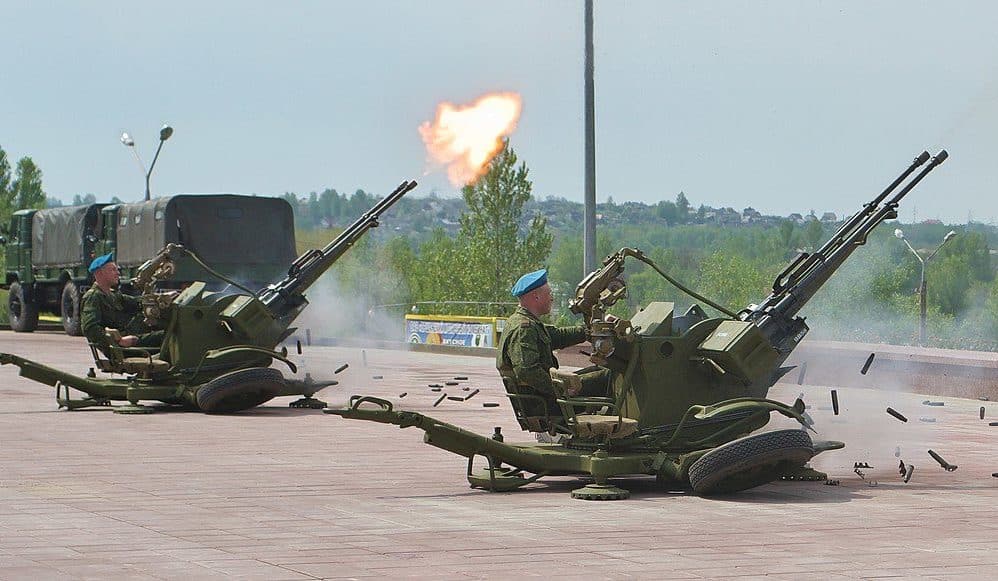
A Green Beret remembers his favorite foreign weapons
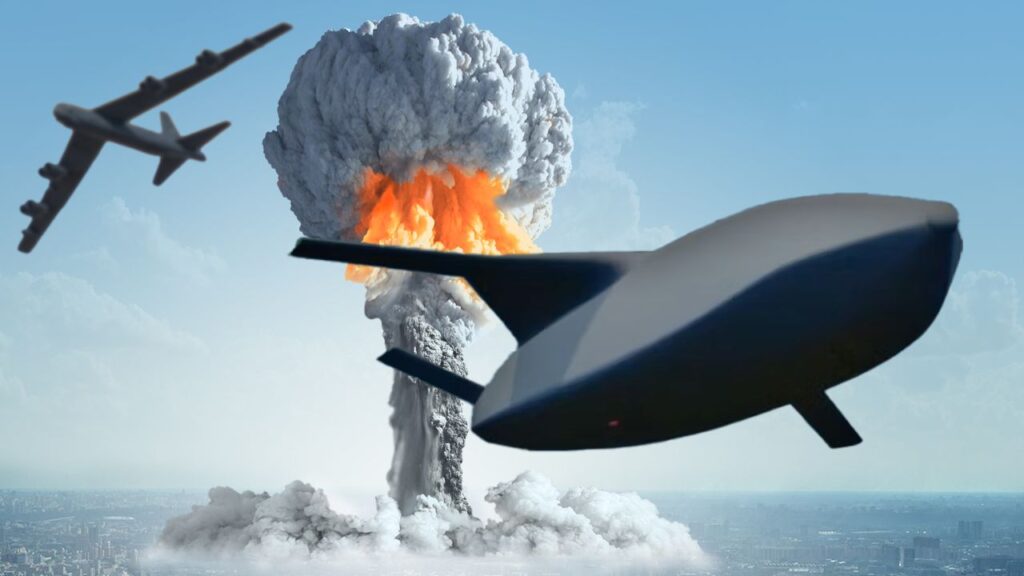
The AGM-181 LRSO missile will modernize America’s nuclear triad
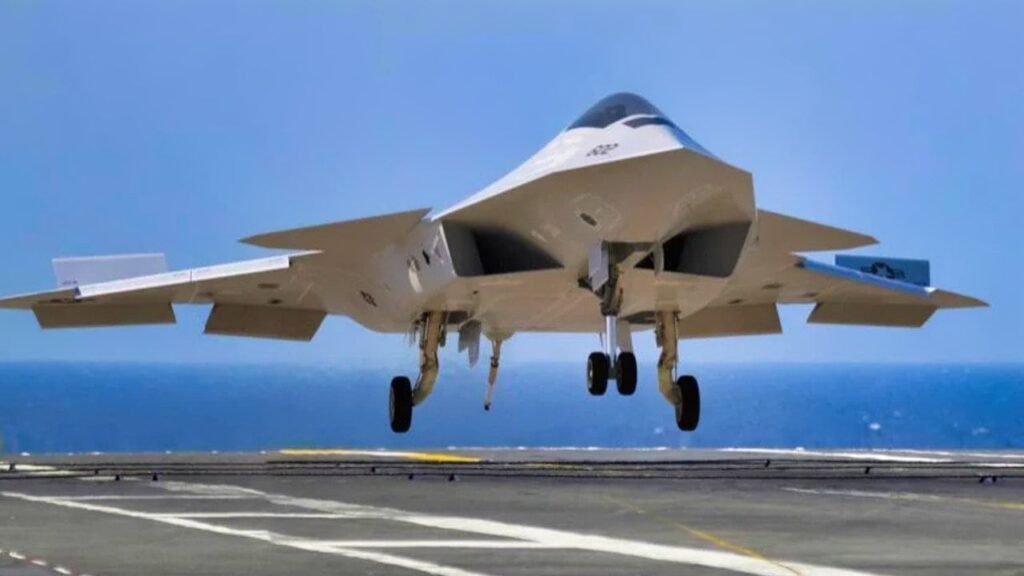
Navy will soon announce the contract award for its F/A-XX 6th-generation jet, according to reports
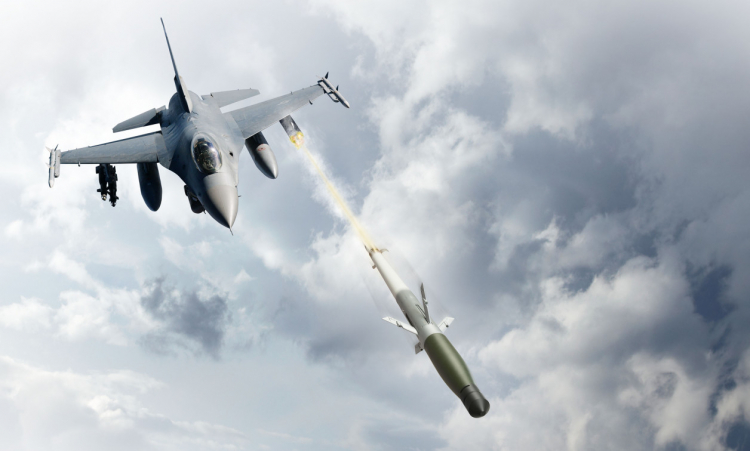
America’s new air-to-air missile is a drone’s worst nightmare
Sandboxx News
-

‘Sandboxx News’ Trucker Cap
$27.00 Select options This product has multiple variants. The options may be chosen on the product page -

‘AirPower’ Classic Hoodie
$46.00 – $48.00 Select options This product has multiple variants. The options may be chosen on the product page -

‘AirPower’ Golf Rope Hat
$31.00 Select options This product has multiple variants. The options may be chosen on the product page -

‘Sandboxx News’ Dad Hat
$27.00 Select options This product has multiple variants. The options may be chosen on the product page
